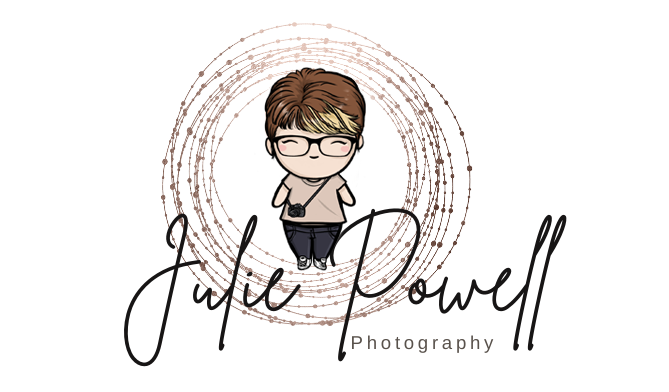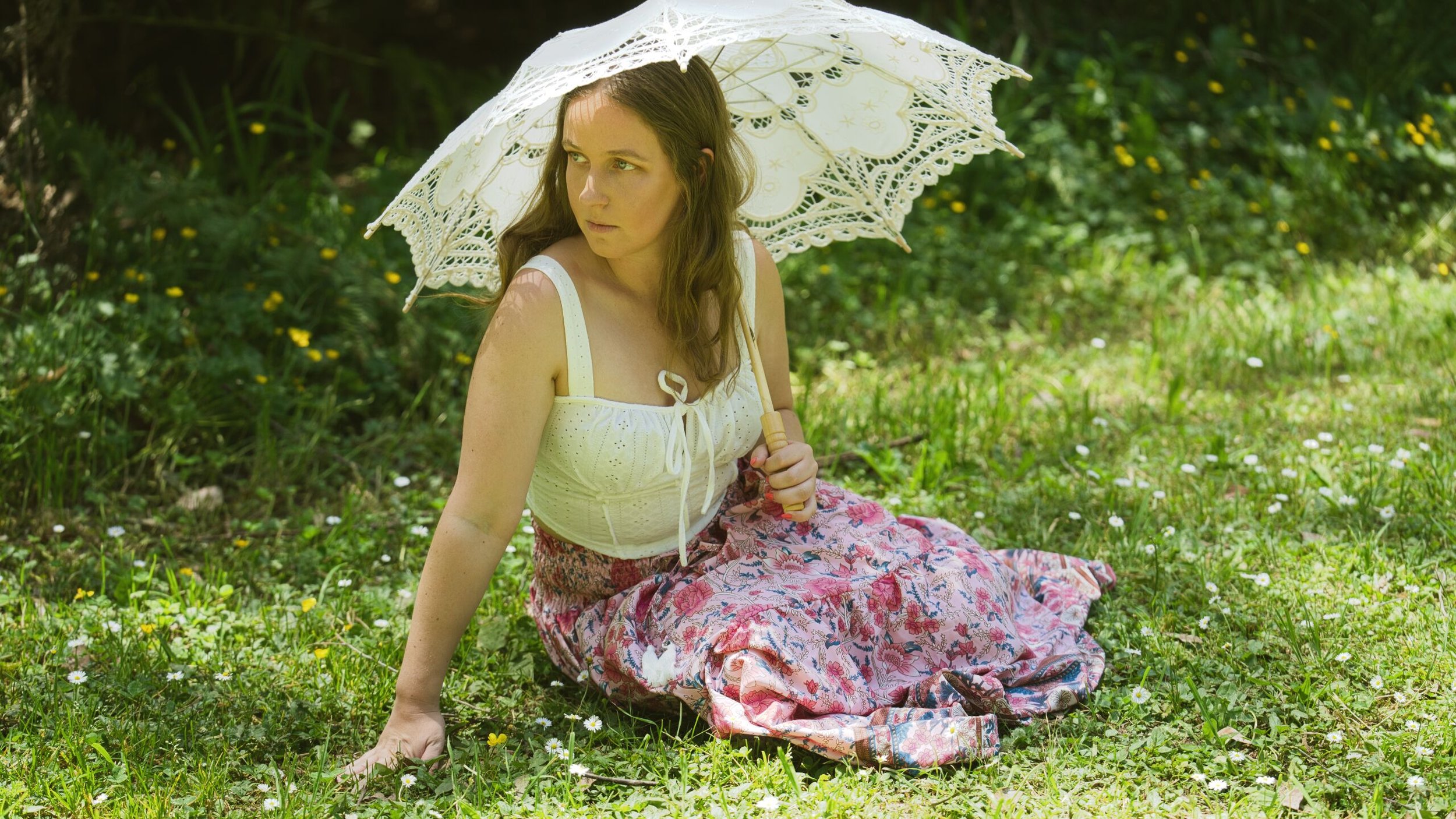Expose for the Highlights: A Photographer's Golden Rule
Ever wondered why some photos seem to "pop" while others look flat and washed out? The secret often lies in a simple photography technique: exposing for the highlights. This came up in a private shoot recently and I thought I might write a post about just this subject.
What Does It Mean?
In photography, "exposure" refers to the amount of light that hits your camera's sensor. When you "expose for the highlights," you're prioritizing the brightest areas of your image. This ensures that the details in the highlights, like the sunlit hair of a portrait or the white snow on a mountain, are preserved. Making sure you capture all the details in these brightest areas, rather than letting them blow out (be totally white).
Why Is It Important?
Detail Retention: Highlights can easily become overexposed, losing all detail and turning into a solid white blob. Exposing for the highlights prevents this.
Dynamic Range: This term refers to the range of tones, from the darkest shadows to the brightest highlights, that a camera can capture. By exposing for the highlights, you're maximizing the dynamic range of your image.
Post-Processing Flexibility: While it's always better to get the exposure right in-camera, exposing for the highlights gives you more flexibility in post-processing. You can recover details in the shadows without affecting the highlights. However, if the blacks are severely underexposed you lose detail there too. It’s a balancing act.
How to Expose for the Highlights
Metering Mode: Use a spot meter to measure the exposure of the brightest part of your scene.
Exposure Compensation: Dial in negative exposure compensation to underexpose the overall image. This will help prevent the highlights from blowing out.
Histogram Check: Use your camera's histogram to visualize the distribution of tones in your image. The right side of the histogram represents the highlights. Aim to keep the peak of the histogram towards the left side, with a slight tail extending to the right.
A Word of Caution
While exposing for the highlights is a valuable technique, it's important to strike a balance. Underexposing too much can lead to noisy shadows and a loss of detail in the midtones and shadows. Experimentation is key to finding the perfect exposure for your specific scene. This is where exposure bracketing can come in super handy.
By understanding and mastering the technique of exposing for the highlights, you can take your photography to the next level. So, the next time you're out shooting, remember to prioritize those dazzling highlights and capture images that truly shine.
How to bracket in a Sony camera? Click this link here




